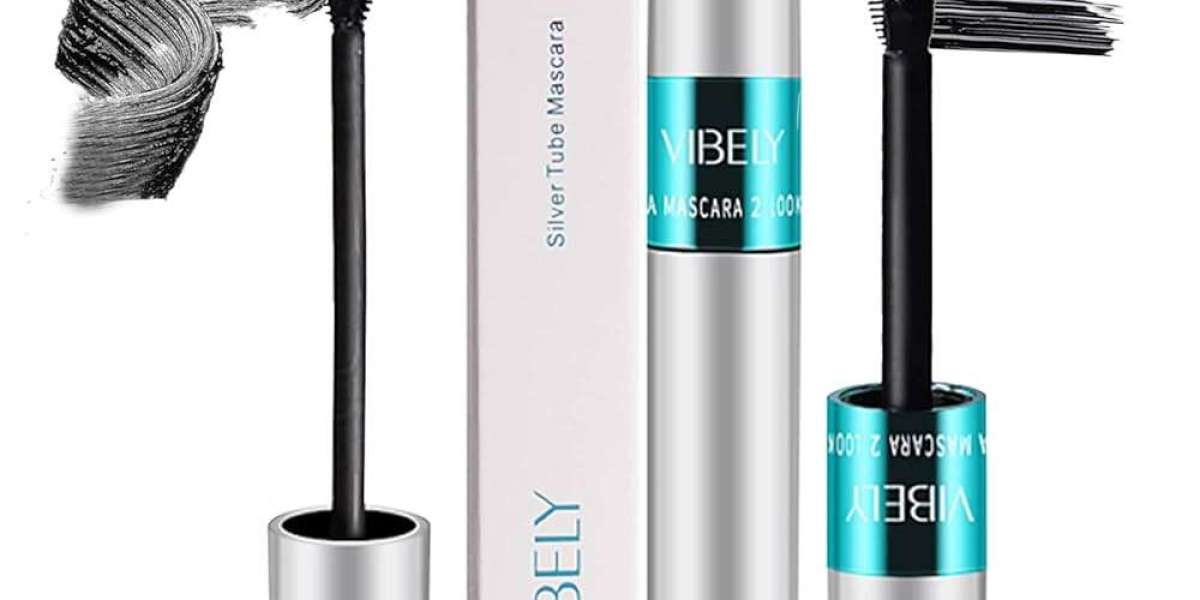A Home Equity Line of Credit (HELOC) is a powerful financial tool that can unlock the value of your home and put it to work. Many savvy investors use HELOCs to finance various investment opportunities, from real estate to business ventures. But how exactly does it work, and what are the risks? Let’s dive in.
What Is a HELOC?
A HELOC is a revolving line of credit secured by your home’s equity. It works much like a credit card: you can borrow up to a certain limit, repay it, and borrow again during the draw period (usually 5–10 years). After that, you enter the repayment period.
You only pay interest on the amount you borrow—not the entire line. This flexibility makes it attractive for investors.
Why Use a HELOC for Investment?
Using a HELOC for investments means you’re using borrowed money backed by your home to generate returns. If done wisely, the return on investment (ROI) can outweigh the cost of borrowing.
Advantages include:
Low interest rates compared to personal loans or credit cards
Flexibility to use funds when needed
Only pay interest on what you use
Common Investment Uses of a HELOC
Here are some of the most popular ways investors leverage their HELOCs:
1. Real Estate Investing
Use HELOC funds as:
A down payment on rental property
Rehab costs for a fix-and-flip
Bridge financing until long-term funding is secured
Real estate can generate passive income and long-term appreciation.
2. Stock Market or Mutual Funds
Some investors use HELOCs to invest in stocks or mutual funds, aiming for higher returns. This approach is riskier, as market volatility can lead to losses.
3. Starting or Growing a Business
A HELOC can fund equipment, marketing, or working capital for a small business. Just make sure the business has the potential to cover your loan payments.
4. Debt Consolidation
You can use your HELOC to pay off high-interest debts (like credit cards), improving cash flow. Then, redirect savings toward investments.
How to Use It Responsibly
While HELOCs offer opportunity, they come with serious risks—most importantly, your home is collateral. If you can’t repay, you risk foreclosure.
Here are smart ways to protect yourself:
Have a solid investment plan with clear ROI projections.
Avoid speculative or high-risk investments unless you're experienced.
Never borrow the full amount available—leave a cushion.
Track your interest rate, especially if it's variable.
HELOC Investment Example
Let’s say you have $100,000 in home equity. You take out a HELOC with a $50,000 limit. You borrow $30,000 to buy and renovate a duplex. The property generates $1,000/month in profit after expenses, and your HELOC payment is $450/month.
You net $550/month, or $6,600/year—while still owning the appreciating asset.
When to Avoid Using a HELOC
You’re unsure about the investment’s potential returns
Your income isn’t stable
You already carry high levels of debt
You’re nearing retirement and can’t risk losing your home
Final Thoughts
Using a HELOC for investment purposes can be a smart financial move—but only with careful planning. You’re leveraging your home to grow your wealth, so every decision must be made with both opportunity and risk in mind.
Before using your HELOC, consult a financial advisor or real estate professional to make sure it aligns with your goals and risk tolerance.
Important Links
Bayshore Road Condo Projects Details
How to Evaluate Commercial Real Estate Deals
How to Evaluate Commercial Real Estate Properties
Tips for Staging Your Home to Sell Quickly
Tips for Buying a House in a Seller’s Market
How to Start Investing in Real Estate with Little Money
Bayshore Road Condo Projects Details







